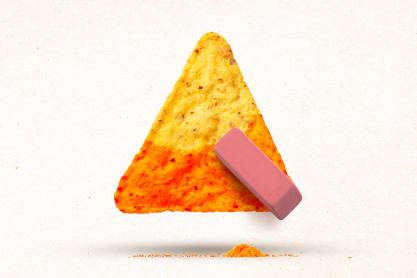Book-loving adventures over five decades inspired a California couple to make a $3.1 million donation to Rare Book School at the University of Virginia, the largest donation in its history.
“There’s no place that better fulfills our yen for the up-close-and-personal exploration of books,” Cathy and Glen Miranker wrote. “The school’s unique, hands-on approach to instruction brings unparalleled insights into the life and times of books.”
From their homes in San Francisco and New York City, the Mirankers have sought unusual forms of contact with book history. “Years ago, in Siena (Italy), we talked our way into the city archives and spent the day sketching the sewing structures of 13th- and 14th-century ledgers,” Cathy recalled.
This past summer, the couple had a breathtaking moment at the Oxford University Press Archives when they held and read some of the 19th-century handwritten definition slips for the Oxford English Dictionary.
“What a delight,” Glen said, “when we pulled out slips defining this long-gone but intriguing verb: slangwhang!”
The couple enjoys aiding and abetting each other’s bookish interests. In off hours, while working as Apple Computer’s chief technology officer, Glen crafted wooden boards that Cathy used to create a replica Roman wax tablet book.
As an amateur bookbinder, Cathy has made slipcases, chemises and clamshell boxes for pamphlets, magazines and books in Glen’s collection. She even started Glen on his Sherlock Holmes collection in 1976, finding an American first edition of “The Case-Book of Sherlock Holmes” at a Harvard Yard book fair.
“I realized you don’t have to be J.P. Morgan to collect books,” Glen recalled, referring to the banker whose extensive library-cum-museum is marking its 100th year. Now numbering more than 8,000 items, the Miranker collection is renowned for its bibliographic rarities, manuscripts, books, correspondence and artwork.

The Mirankers’ $3.1 million gift is the largest ever to Rare Book School. (Contributed photo)
In their most gratifying collaboration, the couple curated items from their collection for an exhibition called “Sherlock Holmes in 221 Objects,” (named for the fictional detective’s address, 221B Baker Street), which debuted at the Grolier Club in New York City in 2022, as well as co-writing, designing and publishing a catalog.
For Glen, Rare Book School plays a vital role in his growth as a collector.
“I’m interested in the stories my books have to tell beyond the text on the page and about the community – authors, illustrators, designers, papermakers, bookbinders, printers, publishers, booksellers, collectors – that had a hand in their production,” he said. “RBS is teaching me how to read the whole book.”
Glen first met the school’s executive director, Michael F. Suarez, over coffee in San Francisco. “I invited Michael over for coffee, and we went into my library,” Glen said. “Next thing we knew, it was lunchtime, then suppertime, and we had spent this wonderful day exploring books.”
Suarez invited Glen to give a talk before a Rare Book School session, and afterward, Glen took his first class about 19th-century mass-market publications. He was hooked.
“It was absolutely magic,” Glen said. “It opened my eyes to how much there was to learn and how much better a collector taking more classes would make me.”
He has since become a frequent student and is a member of Rare Book School’s board.
As Glen was taking that first class, Cathy made a bookish discovery visiting nearby Monticello: a tiny book with pages made of something other than paper.
Back at the school, she asked Barbara Heritage, exhibitions and collections director, what the object might be.
“Barbara stood up, said, ‘Come with me,’ and marched me to the vault,” Cathy remembered. “Then she pulled out a conservation box with just such a book nestled inside, with thin, almost translucent pages made of ivory.”










